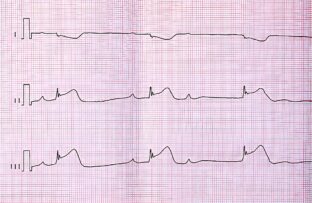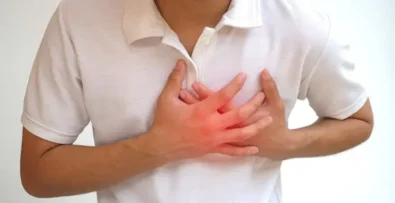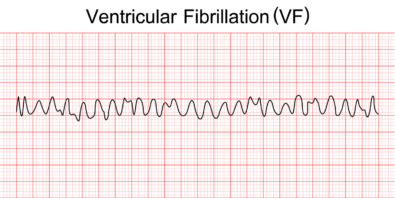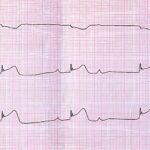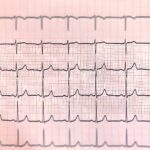Identifying and Treating First-Degree AV Block (First-Degree Heart Block)
May 11, 2024
An atrioventricular (AV) of a 1st degree AV block is also known as a heart block. This blockage takes place because electrical conduction is delayed through the AV node of the heart. It slows down the impulse between the atria and the ventricles. However, the conduction between the atria and the ventricles does not have […]

